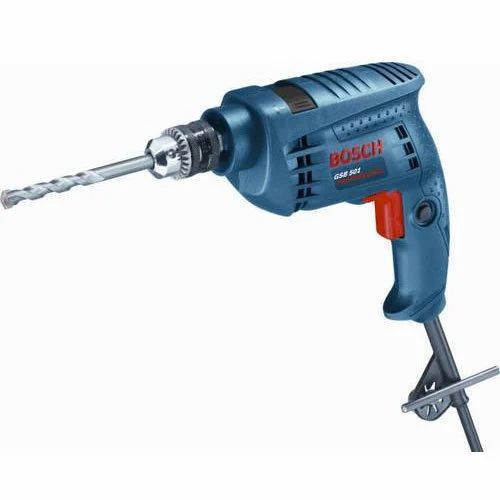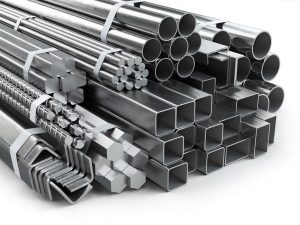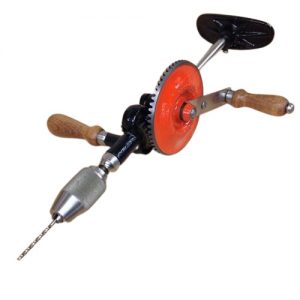
Concrete, a versatile and durable construction material, is known for its strength and resilience. However, drilling into concrete can be a daunting task for many DIY enthusiasts and professionals alike. In this blog post, we will explore the feasibility of using a normal drill to penetrate concrete surfaces. We will delve into the factors that affect drilling performance, provide practical tips, and discuss alternative solutions for tackling concrete.
- Understanding Concrete:
Before we dive into the drilling process, it is crucial to understand the nature of concrete. Concrete is composed of aggregates, cement, and water, forming a solid and compact structure. Its hardness and density pose challenges when attempting to drill through it. - The Limitations of a Normal Drill:
A normal drill, typically designed for wood or metal, may struggle to penetrate concrete effectively. The lack of power and specialized features, such as hammer action, can hinder its performance. The hardness of concrete can quickly wear down drill bits and reduce drilling efficiency. - Overcoming the Challenges:
Despite the limitations, there are strategies to enhance a normal drill's effectiveness when drilling into concrete: a. Choosing the Right Drill Bits: Utilizing masonry drill bits with carbide or diamond tips is essential. These specialized bits are designed to withstand the hardness of concrete and provide better drilling performance. b. Proper Drill Speed and Technique: Slow and steady wins the race when drilling into concrete. Applying consistent pressure and using a lower drill speed can prevent overheating and prolong the lifespan of the drill bits. c. Preparing the Surface: Marking the drilling spot with a center punch and using a pilot hole can help guide the drill bit and prevent it from wandering on the concrete surface. - Alternative Solutions:
For more demanding concrete drilling tasks, alternative solutions may be necessary: a. Hammer Drills: Hammer drills are specifically designed for masonry work. They combine rotary drilling with a hammering action, providing the necessary force to penetrate concrete effectively. b. Rotary Hammers: Rotary hammers, also known as rotary hammer drills, are even more powerful than hammer drills. They utilize a piston mechanism to deliver a more forceful impact, making them ideal for heavy-duty concrete drilling.
Conclusion:
While a normal drill can technically drill into concrete, its limitations make it less efficient and effective compared to specialized tools like hammer drills or rotary hammers. By understanding the challenges and implementing the strategies mentioned above, you can improve your drilling experience when working with concrete. Remember to prioritize safety and choose the right tools for the job to achieve optimal results.


